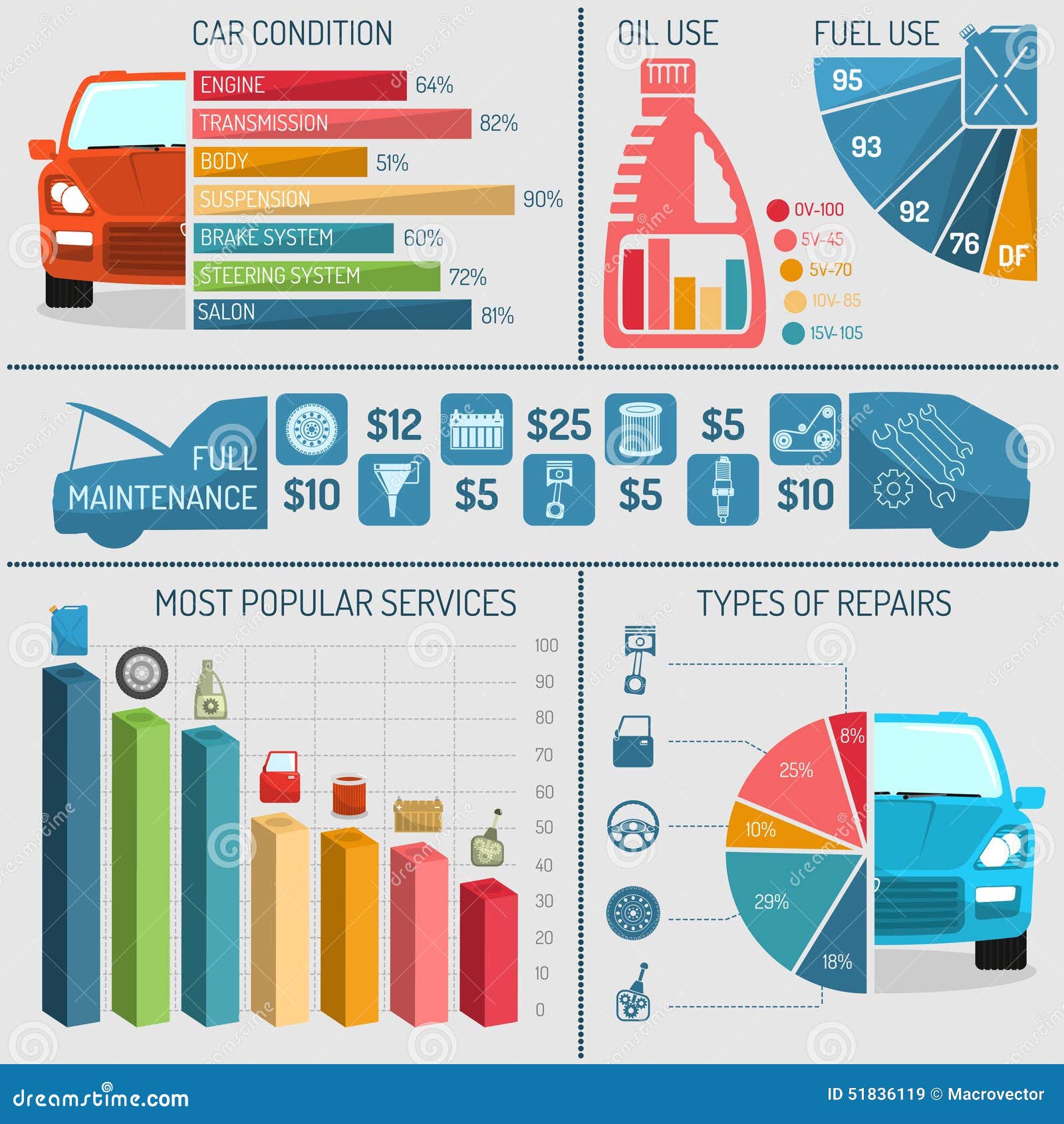Analyzing Your Vehicle'S Caution Indicators: What They Actually Convey
Analyzing Your Vehicle'S Caution Indicators: What They Actually Convey
Blog Article
Composed By- car grooming botany
When you lag the wheel, those radiant caution lights on your control panel can be a little bit complicated. Do you understand what they're trying to inform you about your cars and truck's health and wellness? Recognizing the significance of these lights is important for your safety and the long life of your lorry. So, the following time among those lights appears, wouldn't you wish to decode its message accurately and take the needed steps to resolve it?
Common Caution Lighting and Interpretations
Identify common warning lights in your automobile and recognize their significances to make certain safe driving.
One of the most normal caution lights include the check engine light, which signals problems with the engine or discharges system. If this light comes on, it's essential to have your lorry inspected promptly.
The oil pressure cautioning light shows reduced oil pressure, requiring immediate interest to stop engine damages.
A flashing battery light may recommend a damaged charging system, potentially leaving you stranded if not dealt with.
The tire pressure tracking system (TPMS) light alerts you to reduced tire pressure, impacting lorry security and fuel performance. Disregarding this might result in risky driving conditions.
The abdominal muscle light indicates an issue with the anti-lock braking system, endangering your ability to quit rapidly in emergencies.
Finally, the coolant temperature advising light warns of engine getting too hot, which can cause extreme damages if not solved promptly.
Comprehending these usual warning lights will certainly help you address problems quickly and maintain secure driving conditions.
Importance of Prompt Attention
Recognizing the usual caution lights in your vehicle is just the first step; the relevance of immediately attending to these cautions can not be emphasized enough to ensure your safety when driving.
When a warning light brightens on your control panel, it's your automobile's method of connecting a possible concern that needs focus. Ignoring these cautions can bring about extra serious troubles in the future, compromising your security and potentially costing you much more in repairs.
Trigger focus to alerting lights can stop failures and mishaps. For example, a blinking check engine light might indicate a misfire that, if left neglected, might create damages to the catalytic converter. Resolving this promptly can save you from a costly repair work.
Similarly, a brake system warning light could signal low brake liquid or used brake pads, essential components for your security when driving.
Do It Yourself Troubleshooting Tips
If you see a caution light on your control panel, there are a few do it yourself troubleshooting pointers you can attempt prior to looking for specialist help.
The primary step is to consult your vehicle's handbook to understand what the particular warning light indicates. Sometimes the issue can be as basic as a loosened gas cap activating the check engine light. Tightening the gas cap might settle the trouble.
An additional usual concern is a reduced battery, which can set off various alerting lights. Examining the battery connections for corrosion and ensuring they're secure may fix the trouble.
If a warning light persists, you can try resetting it by detaching the auto's battery for a few minutes and after that reconnecting it. In view it , examining your lorry's liquid levels, such as oil, coolant, and brake liquid, can assist fix cautioning lights associated with these systems.
Verdict
Finally, understanding your vehicle's warning lights is important for keeping your car running smoothly and safely. By promptly attending to these signals and understanding what they suggest, you can prevent pricey repair services and potential malfunctions.
Bear in mind to consult your vehicle's manual for certain information on each alerting light and do something about it appropriately to ensure a trouble-free driving experience.
Stay notified, stay risk-free when traveling!
